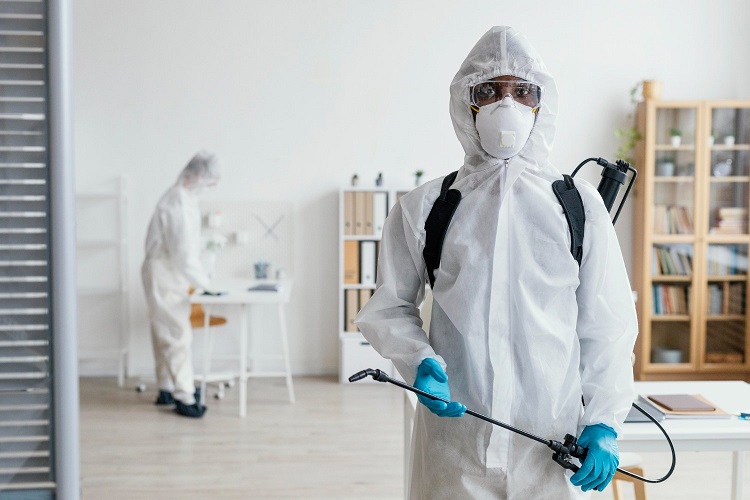
Pest infestation can transform your cozy home into a daily nightmare. There are homeowners who regularly lose sleep to ants at the proverbial picnic, bedbugs refusing to budge from their mattress, and mice passing through walls like they are turnstiles in the subway. It is only too human to be tempted by quick fixes purchased off the shelf, but that is a dime-store approach, especially in the case of ant poisons and baits.
But do-it-yourself pest control causes more issues than it resolves. About 74% of homeowners attempt to self-treat for pests, but many find that their endeavors offer only temporary relief. Bad product selections, incorrect application techniques, or an understanding of pest activity often exacerbate pest problems. What begins as an easy fix can lead to months of failed tries and money down the drain.
Learn more details of common mistakes you might be making and how to fix it inside.
Table of Contents
6 Common Mistakes People Make With DIY Pest Control
1. Using the Wrong Products for Specific Pests
Most homeowners believe that the same pest control system works for all bugs and rodents. This strategy is seldom effective because various pests need different treatments. Sugar-loving ants will not be interested in ant baits made for grease-loving ants. Likewise, a cockroach spray is capable of killing those you see, but can not get rid of a colony lurking behind the walls.
Typically, off-the-shelf options have lesser quantity of active ingredients found in professional treatments. Although such products comply with safety standards for consumers, they may not go far enough in eradicating severe infestations. Carefully reading labels and selecting pest-specific products is useful, but it is still not enough if you do not have good identification skills.
2. Ignoring the Root Cause of Infestations
Surface treatments are responsive to what you can see, not the factors that caused the issue. If you want the little pests that you see troop-crossing your counter to stop marching, it will not happen if they continue to have access to food crumbs and water sources. A lot of do-it-yourself efforts focus on killing pests rather than ridding your territory of what attracts them to settle in your dwelling in the first place.
Successful pest control involves identifying and eliminating attractants such as standing water, food sources, and orifices of entry. An inspection finding would be conducted by professional pest control techs to root out those underlying causes. They caulk cracks, suggest ways to manage moisture, and note structural issues that contribute to pest issues.
3. Improper Application and Timing
Pest control success depends on timing. Applying treatments at the incorrect time of day or season can negatively impact the effectiveness of your treatments. Insects, as a rule of thumb, are most active during certain hours, and treating when they are not active means treating away the target population.
The application method is as important as timing. Homeowners tend to over-apply, believing more is better, or they under-apply to save a little money. Both can be ineffective in pest control. A professional pest control technician knows how much to apply, the right equipment to use, and has an understanding of the insect habits to control problems as efficiently as possible.
4. Mixing Different Chemical Products
Mixing up different pest control items just makes sense, but once you start mixing, you are just asking for trouble and failure. Chemicals may also counteract or work against one another, and the resulting reaction between substances may be potentially hazardous. Some consumers combine indoor and outdoor products, not understanding that formulations have been tailored for a reason.
5. Not Following Safety Guidelines
Chemicals in ‘do-it-yourself’ pest control products need to be handled responsibly, even when in the hands of the general public. A lot of homeowners either fail to read safety instructions or believe that OTC automatically means zero risk. This results in unsafe storage, non-application with the use of personal protective equipment, and risks of exposure.
Young children and pets are at the most risk from misuse of pest control applications. Professional services have strict procedures for safety, appropriate personal protective gear, and are trained to reduce risk and increase efficacy. They also know what kinds of products are safe for homes with kids, pets, or people who have health conditions.
